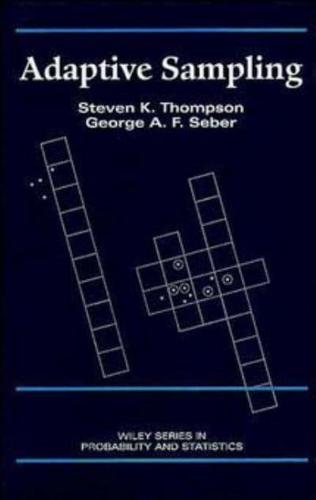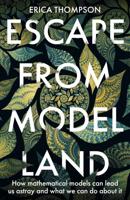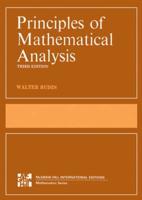Publisher's Synopsis
Offering a viable solution to the long-standing problem ofestimating the abundance of rare, clustered populations, adaptivesampling designs are rapidly gaining prominence in the natural andsocial sciences as well as in other fields with inherentlydifficult sampling situations. In marked contrast to conventionalsampling designs, in which the entire sample of units to beobserved is fixed prior to the survey, adaptive sampling strategiesallow for increased sampling intensity depending upon observationsmade during the survey. For example, in a survey to assess theabundance of a rare animal species, neighboring sites may be addedto the sample whenever the species is encountered during thesurvey. In an epidemiological survey of a contagious or geneticallylinked disease, sampling intensity may be increased wheneverprevalence of the disease is encountered.
Written by two acknowledged experts in this emerging field, thisbook offers researchers their first comprehensive introduction toadaptive sampling. An ideal reference for statisticians conductingresearch in survey designs and spatial statistics as well asresearchers working in the environmental, ecological, publichealth, and biomedical sciences.
Adaptive Sampling:
* Provides a comprehensive, fully integrated introduction toadaptive sampling theory and practice
* Describes recent research findings
* Introduces readers to a wide range of adaptive samplingstrategies and techniques
* Includes numerous real-world examples from environmentalpollution studies, surveys of rare animal and plant species,studies of contagious diseases, marketing surveys, mineral andfossil-fuel assessments, and more









